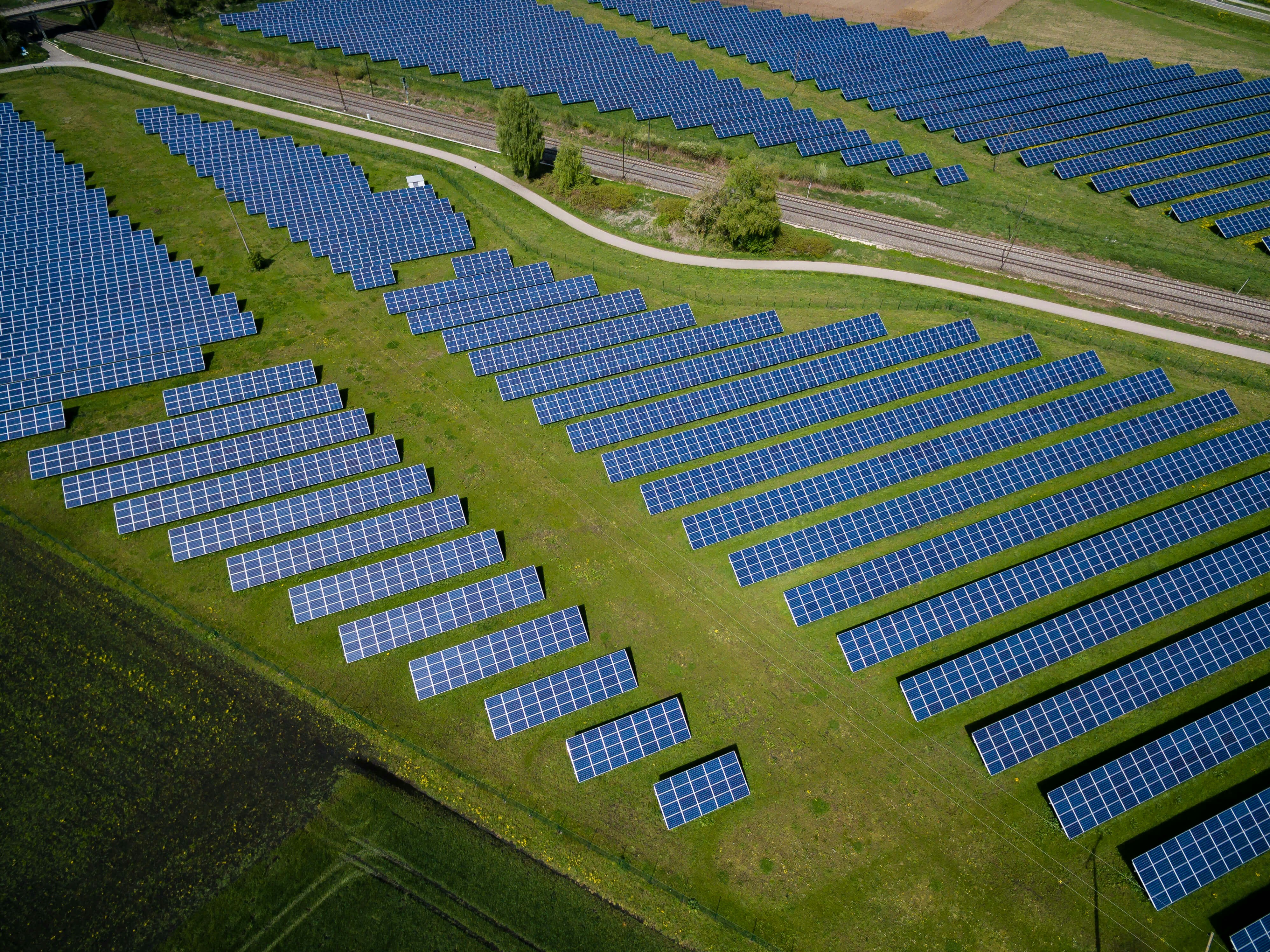A sustainable solution combining solar energy with agriculture to boost yields and optimize land use.
Revolutionizing Agriculture with Agrivoltaics
Agrivoltaics blends solar energy generation with agricultural practices, providing a sustainable solution to land use and resource management challenges. By optimizing land for dual purposes, this system ensures increased agricultural productivity while addressing energy needs.
1. Types of Agrivoltaic Systems
Elevated Systems: Solar panels placed 2–5 meters above the ground, suitable for crops and livestock. They improve yields and conserve water but involve higher setup costs.
Ground-Mounted Systems: Close-to-ground panels ideal for smaller crops. These systems save water and provide shade but may hinder certain farming activities.
Greenhouse Systems: Combines traditional greenhouses with solar panels, enabling year-round cultivation in controlled environments.
Vertical Systems: Panels arranged vertically, allowing efficient use of limited space and compatibility with shade-intolerant crops.
2. Benefits of Agrivoltaics
Boosts crop yields by reducing heat stress and protecting crops from extreme weather.
Enhances water efficiency by lowering evaporation rates and maintaining groundwater levels.
Improves soil health by preventing erosion and creating microclimates.
3. Challenges in Implementation
High initial installation costs and maintenance requirements.
Shading effects on certain crops, demanding careful design and planning.
4. Government Schemes Supporting Agrivoltaics
PM-KUSUM: Provides subsidies and financial support for solar installations on farmland.
MIDH: Promotes horticulture with financial and technical assistance for agrivoltaic integration.
Agriculture Infrastructure Fund: Offers interest subvention and credit guarantees for agrivoltaic projects.
5. How to Implement Agrivoltaic Systems
Site Assessment: Evaluate land, sunlight, and water availability.
Designing: Determine optimal panel height and orientation.
Installation: Build structures and position panels for maximum efficiency.
Maintenance: Regular inspections and cleaning ensure longevity.
Agrivoltaics offers a path toward sustainable agriculture and renewable energy production. With government support and innovative designs, this system has the potential to transform the agricultural landscape.
